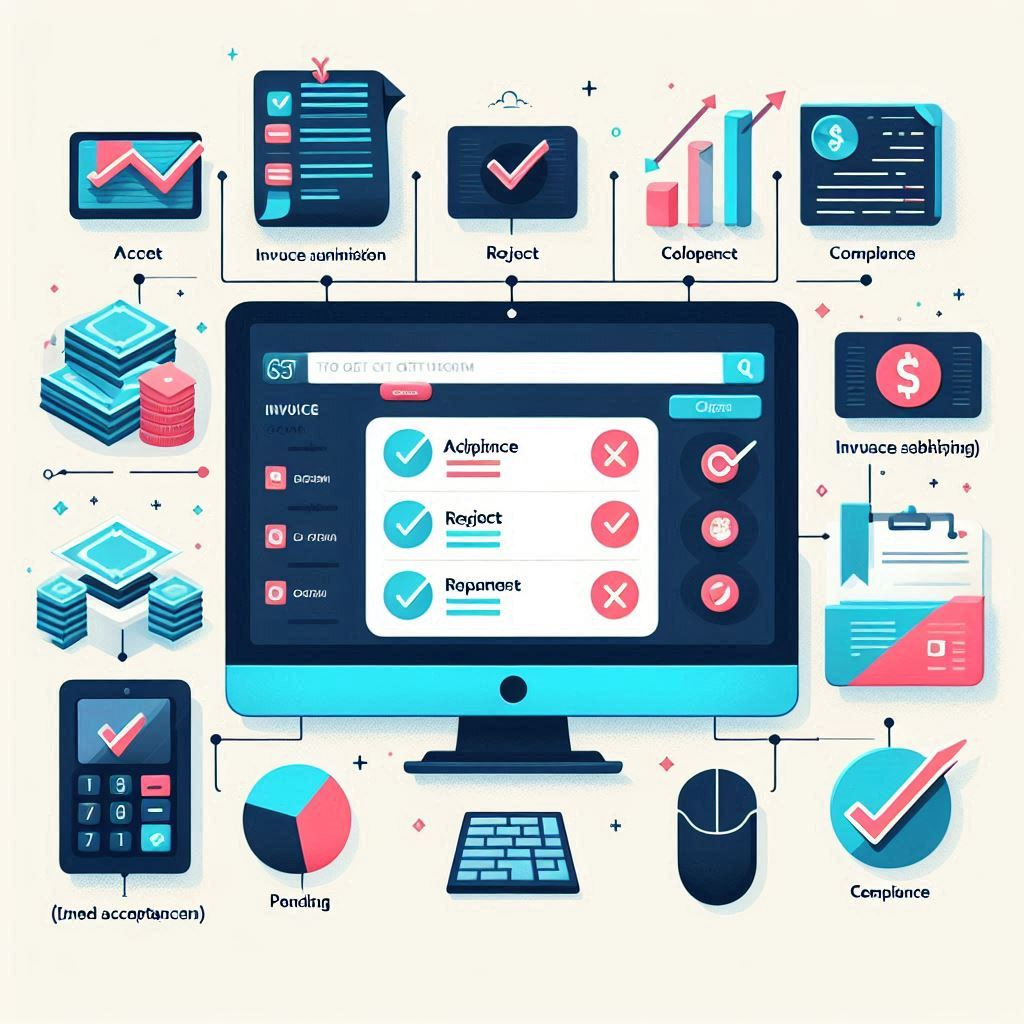Managing cash flow is one of the most critical aspects of running a successful business. Whether you’re a startup or an established business, maintaining a steady cash flow ensures that you have the necessary resources to keep your operations running smoothly, pay employees, and handle unexpected expenses. Here are key strategies for monitoring and optimizing your cash flow:
1. Monitor Cash Regularly
One of the most essential practices in financial management is to monitor available cash regularly. Keeping a close eye on your cash flow allows you to understand how long your business can continue to operate without additional funding—often referred to as your “runway time.”
Regular monitoring helps you spot issues early, such as overspending, cash shortages, or delayed payments. To do this effectively:
- Track expenses and inflows rigorously.
- Be aware of major transactions and movements in your accounts.
- Review financial reports frequently, either daily or weekly, depending on your business size.
- Proactive monitoring provides better control over your finances and helps you make informed decisions.
2. Make Use of Payment Periods
Suppliers and vendors often provide a grace period for payments. This period acts as a buffer, giving you additional time before a bill is due. To maximize your cash on hand, negotiate with your suppliers for the longest payment period possible and always pay towards the end of the agreed period.
Negotiating favourable terms with suppliers can significantly improve your cash flow, allowing you to keep more cash in your business for a longer period. Remember, negotiations are a key part of maintaining healthy business relationships, and suppliers often appreciate transparency and open communication.
3. Incentivize Early Payments from Customers
If you operate in a B2B environment, incentivizing your customers for early payments can be an effective cash flow strategy. Offer discounts or other rewards for customers who pay ahead of time. This approach not only improves your cash inflow but also encourages reliable payment behavior from your clients.
By implementing early payment incentives, you may be able to reduce the time you wait for payment, giving you quicker access to working capital.
4. Seek External Funds for Major Purchases
One common mistake businesses make is using their available cash to finance large purchases, such as equipment, real estate, or major inventory orders. Instead, consider seeking external funding for these expenditures through loans, lines of credit, or other financial instruments.
Maintaining cash within your business is crucial because cash shortages can lead to operational challenges or even failure. External funding spreads out the cost of major purchases over time, preserving your working capital for day-to-day operations.
5. Consider Renting or Leasing Equipment
When deciding between buying, renting, or leasing equipment, carefully weigh the cost-benefit of each option. In many cases, renting or leasing equipment may be the smarter financial move. It often proves to be cheaper upfront and can eliminate the burden of maintenance and repairs, as the responsibility for upkeep typically remains with the owner of the equipment.
However, in some situations, ownership might be more cost-effective in the long run. Before making any decisions, perform a detailed cost-benefit analysis to ensure you’re making the right financial choice for your business.
6. Maintain Sufficient Cash Reserves
Unexpected expenses and business challenges are inevitable, no matter how well you plan. For this reason, it’s crucial to maintain a healthy cash reserve. Having sufficient reserves enables you to handle unforeseen expenses without causing a cash crunch.
Whether it’s an economic downturn, a delayed customer payment, or a sudden operational expense, having reserve cash acts as a financial safety net. Properly managing reserves reduces the likelihood of severe cash flow problems and helps your business remain resilient in the face of adversity.
Conclusion
Cash flow issues are a reality for many businesses, but with proper planning, they can be avoided. Regularly monitoring your finances, utilizing favourable payment periods, incentivizing early payments, seeking external funding for large purchases, and maintaining a sufficient cash reserve are all critical strategies for keeping your business’s cash flow healthy. By taking these steps, you can avoid the pitfalls that many businesses face and ensure long-term success for your venture.









